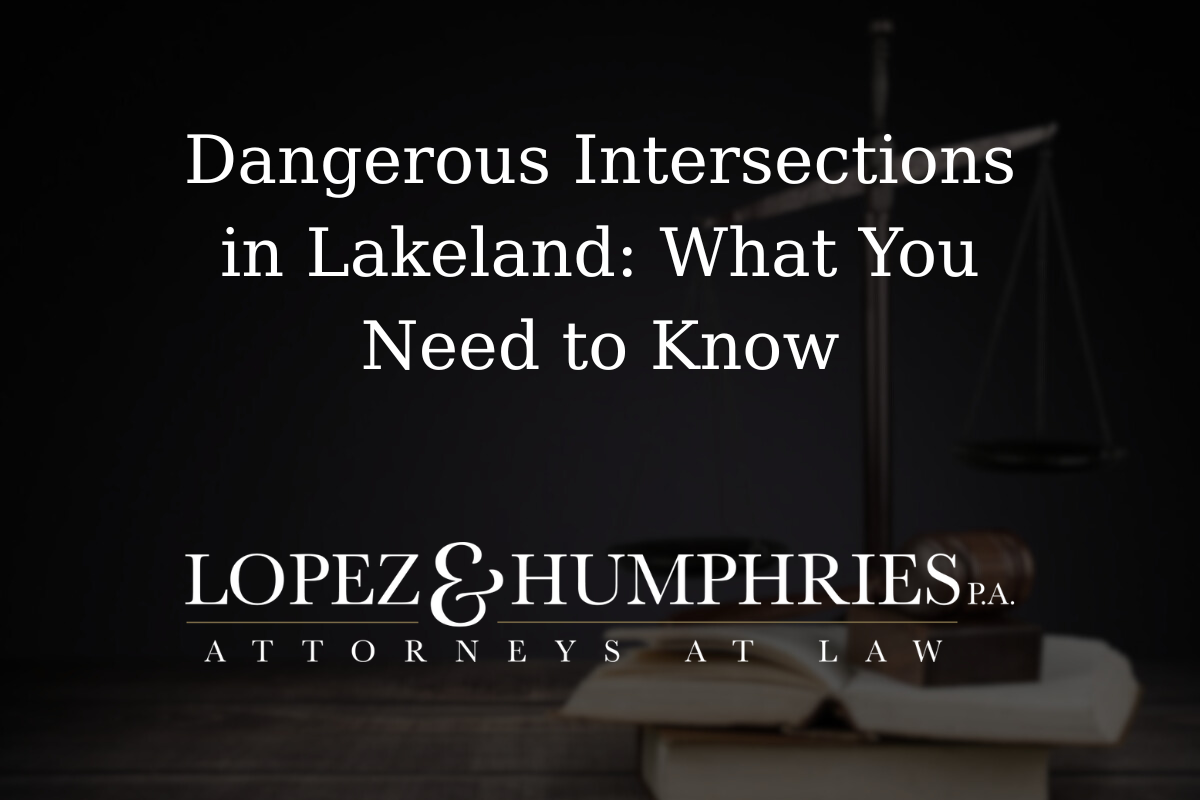Have you found yourself entangled in a car accident, a slip-and-fall incident, or some other situation where someone else’s negligence caused you harm? Are financial hardships from medical bills making it increasingly difficult to sustain your lifestyle? If so, you’ve likely come across ads promoting civil attorneys. At Lopez & Humphries, civil litigation is our forte. However, it’s crucial to understand the steps of the civil litigation process so you’re not left in the dark.
Civil Litigation: An Overview
Unlike criminal cases, civil lawsuits are legal disputes between two parties based on non-criminal issues. The plaintiff (the individual initiating the lawsuit) typically files a complaint against the defendant (the accused party), often seeking monetary damages or some specific action. Let’s break down the steps in the civil litigation process for better understanding.
Initial Consultation
The first step in the civil litigation process is to consult with prospective legal representatives. At Lopez & Humphries, we offer a free, confidential consultation, providing you with a safe and secure space to discuss the details of your case. Alongside assessing the merits of your claim, your attorney will also expertly guide you in determining the most appropriate jurisdiction, whether federal or state court.
Filing the Complaint and Response
Once you’ve consulted an attorney, the next step in the civil litigation process involves filing the complaint. This document is formally submitted to the court and serves to notify the defendant. It outlines your grievances, the defendant’s alleged responsibility, and the relief you seek. The defendant then has the opportunity to respond either by answering the complaint or filing a counter-claim.
Discovery Phase
Following the completion of the pleadings, both parties embark on the discovery phase to collect evidence. This phase is often the longest stage of the civil litigation process and aims to equip both sides with all the information needed for the trial.
Trial Preparations and Proceedings
Both parties submit briefs summarizing their cases and the evidence they intend to present at this stage. At the trial, lawyers present the case before either a judge or jury. Opening statements are made, witnesses may be called, and evidence is laid out.
Verdict
After hearing all arguments and reviewing evidence, the judge or jury will deliberate and announce the verdict. If either party is unhappy with the outcome, they can challenge it, potentially leading to a new trial.
The Appeal Process
If dissatisfied with the verdict, either party has the option to appeal. The appellate court will review the case, and if any errors are identified, they may either reverse the verdict or order a new trial.
Navigating the civil litigation process steps can be complex and emotionally taxing. If you face such challenges, don’t hesitate to contact us at Lopez & Humphries for a free consultation. We’re here to demystify the intricacies of the process so that you can focus on what’s most important: your well-being.










